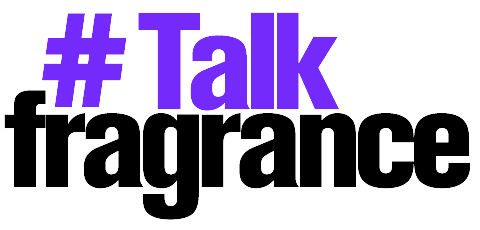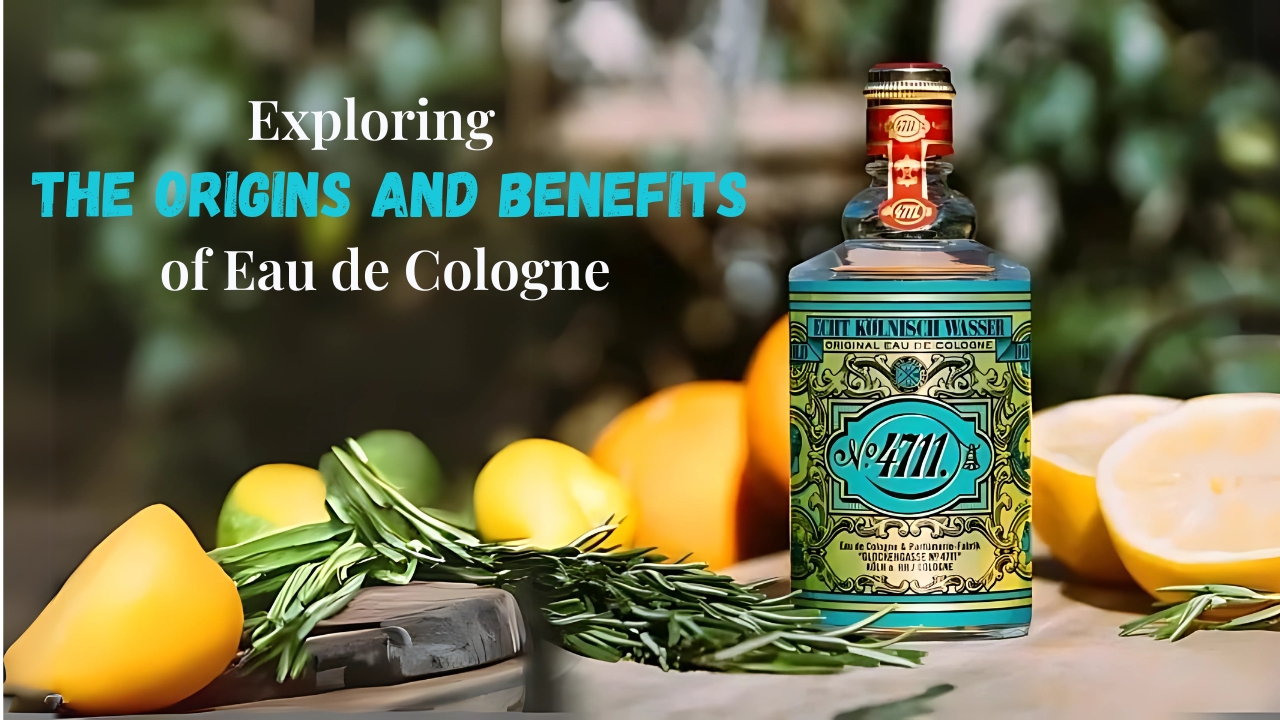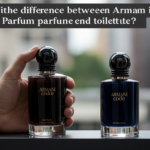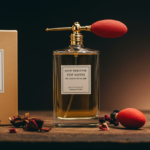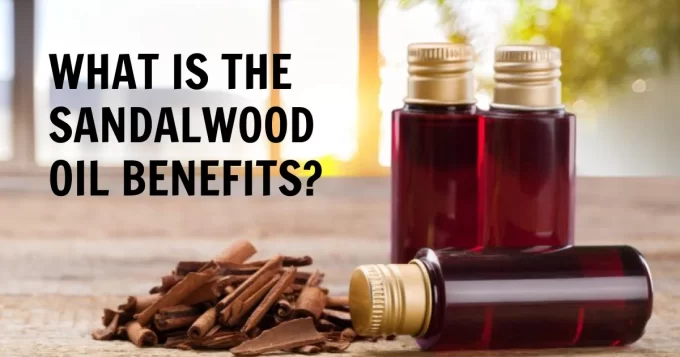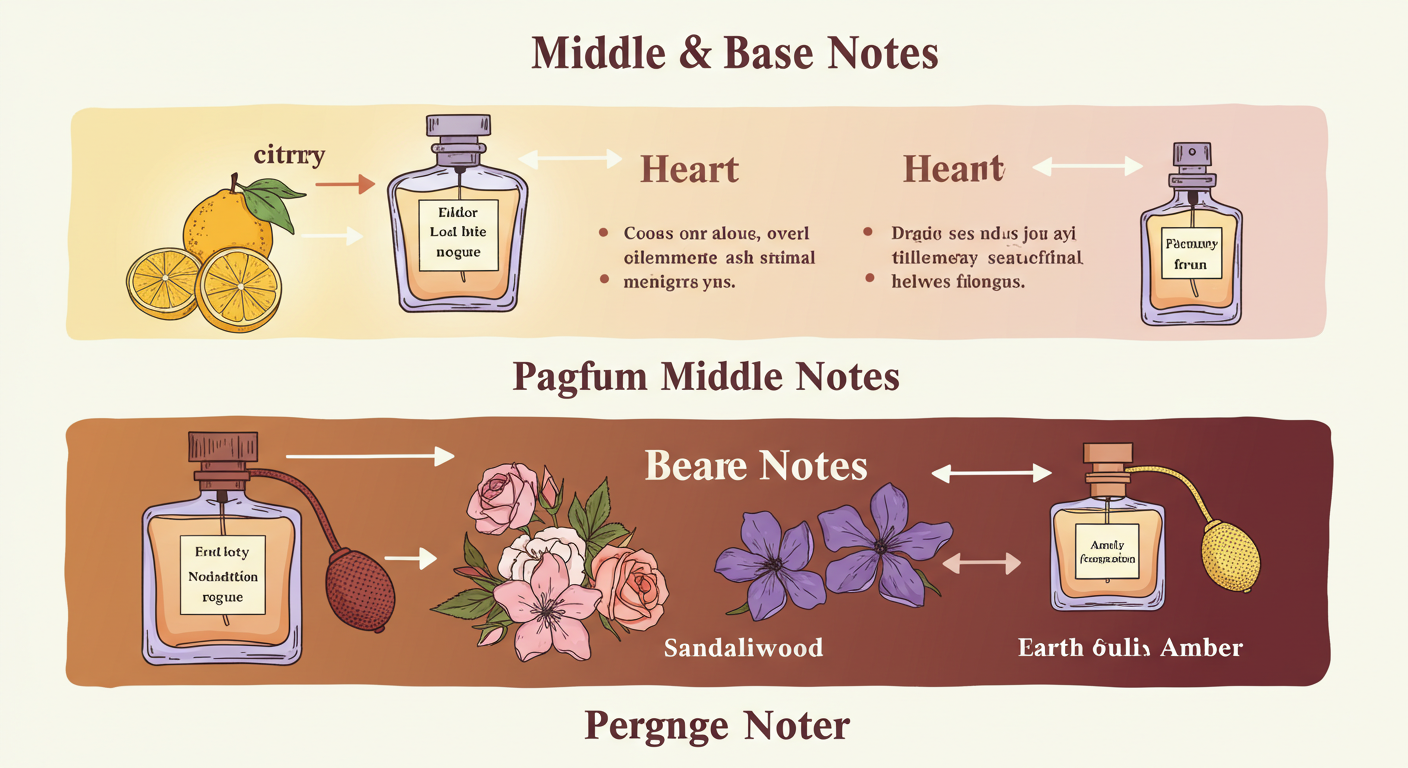Table of Contents
Eau de Cologne has stood the test of time, retaining its charm and functionality through centuries of evolution. From its origins in 18th-century Germany to its role as a staple in personal grooming today, this light, refreshing fragrance continues to captivate noses and hearts worldwide. But what makes Eau de Cologne so special? Why is it distinct from other types of fragrances? And how can it enrich your daily life?
This guide will provide a deep dive into the historical roots, formulation, benefits, and enduring popularity of Eau de Cologne. Whether you’re an avid fragrance collector, a beauty blogger, or a history buff, something is fascinating here for everyone.
What Is Eau de Cologne and Where Does It Come From?
Eau de Cologne quite literally translates to “water of Cologne,” and originated in 1709 in the German city of Cologne. Italian perfumer Giovanni Maria Farina is credited with creating this refreshing, citrus-scented concoction as a tribute to the landscapes of his homeland, inspired by the crisp smell of an Italian spring morning washed by rain.
What sets Eau de Cologne apart is its light composition. It typically contains only 2-4% of aromatic compounds, diluted with alcohol and water, making it less concentrated and more refreshing than traditional perfumes. Its intended purpose has historically leaned more toward refreshing and invigorating, as opposed to making a bold olfactory statement.
Today, Eau de Cologne has evolved and diversified, with countless iterations available worldwide. However, it has managed to maintain its defining characteristics—light, bright, and uplifting.
How Is Eau de Cologne Different From Perfumes and Other Oils?
When discussing fragrances, it’s easy to get lost in terminology. Is Eau de Cologne the same as perfume? How does it compare to Perfume Oil or a fragrance oil vs essential oil? Here’s a quick breakdown to clarify the differences:
- Eau de Cologne: Light and refreshing with only a 2-4% concentration of aromatic compounds. It’s ideal for casual, everyday wear.
- Perfume: Highly concentrated (15-40%) with a longer-lasting and more pronounced scent. It’s perfect for special occasions.
- Perfume Oil: A more concentrated fragrance without alcohol, like Nemat perfume oil and Vanilla Perfume Oil. It adheres to the skin longer and has a more intimate scent projection.
- Essential Oils: Natural extracts from plants like sandalwood oil or lavender, used for their aromatic and therapeutic benefits rather than as perfumes.
Each type serves its unique purpose. While Eau de Cologne provides a splash of freshness, perfumes and body oil for perfume lend more intensity and long-lasting allure. The choice ultimately depends on your preference, occasion, and how much impact you want to make.
What Are the Key Ingredients in Eau de Cologne?
The beauty of Eau de Cologne lies in its simplicity. A fine balance of a few key ingredients creates its signature crispness and lightness.
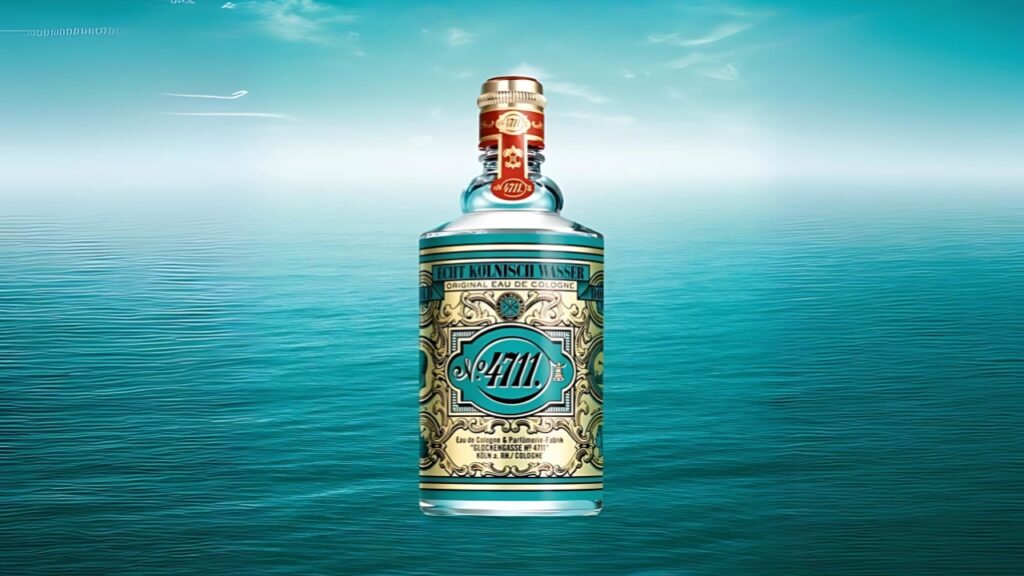
- Essential Oils: Classic Eau de Cologne features citrus oils such as bergamot, lemon, and orange as its primary notes. Florals like lavender and neroli are often incorporated for balance.
- Alcohol: Used as a diluting agent, alcohol helps disperse the aromatic compounds evenly.
- Water: Added to create a light and refreshing consistency.
Some modern Colognes experiment with deeper, muskier notes that take inspiration from classic Musk Perfume and sandalwood oil benefits, offering richer profiles while maintaining the signature freshness.
How Can You Make Your Own Eau de Cologne?
Feeling creative? Making Eau de Cologne at home can be a rewarding and aromatic adventure. Follow these steps to craft your custom blend.
Ingredients You’ll Need:
- 2 tablespoons of high-proof alcohol (such as vodka).
- Essential oils (e.g., bergamot, lemon, orange, lavender, neroli).
- 3 tablespoons of distilled water.
Instructions:
- Combine the essential oils in a small bottle. For a classic blend, use a ratio of 70% citrus oils and 30% floral or herbal oils.
- Add the alcohol to the mixture and shake gently.
- Allow the blend to sit in a cool, dark place for at least 48 hours to help the scents meld.
- Add the water, shake again, and transfer to a spray bottle for easy application.
Pro Tip: Ensure you’re working with high-quality essential oils, and always test on a small patch of skin to avoid allergic reactions.
Why Has Eau de Cologne Remained Popular?
The enduring appeal of Eau de Cologne lies in its versatility and signature freshness.
Historically, it was a symbol of health and sophistication. Even Napoleon Bonaparte was reportedly a fan, carrying a bottle of his favorite cologne everywhere he went. Fast-forward to today, Eau de Cologne remains a cultural icon, evolving with modern preferences. Celebrities and influencers endorse signature blends, making it a timeless accessory for everyone from high-profile professionals to college students.
What Are the Health Benefits of Eau de Cologne?
Beyond its delightful aroma, Eau de Cologne offers subtle therapeutic advantages, thanks to its use of Essential Oils.
- Aromatherapy Effects: Citrus oils like bergamot and lemon are known for their mood-enhancing and stress-reducing properties.
- Cooling Sensation: A quick splash can refresh the skin, especially during summer.
- Uplifting Spirits: The light, bright scent profile can instantly energize and uplift your mood.
Whether you aim to harness the calming properties of lavender or the invigorating notes of citrus, Eau de Cologne is a great way to weave aromatherapy into your daily routine.
How Will Eau de Cologne Evolve in the Future?
The fragrance industry is increasingly prioritizing sustainability, and Eau de Cologne is no exception. Many brands are now incorporating eco-friendly practices like using biodegradable packaging and sourcing ethically harvested Essential Oils.
We’re also seeing a rise in gender-neutral colognes, emphasizing inclusivity. Modern scents are more adaptable, encouraging personal expression rather than sticking to traditional gendered profiles.
With a stronger emphasis on sustainability and individuality, Eau de Cologne is evolving into a fragrance for the future while staying true to its refreshing roots.
Rediscover the Timeless Charm of Eau de Cologne
Eau de Cologne’s light, refreshing spirit has made it a lasting icon in the world of fragrances. From its historic origins in Cologne to its enduring popularity today, it continues to delight and invigorate. Its versatility, therapeutic benefits, and adaptability make it a scent for everyone.
Why not take this chance to explore Eau de Cologne for yourself? Experiment with its uses, share your experiences or even create your personalized blend at home. After all, there’s no better accessory than the perfect scent!
